Problem with my new replacement windows
swclark70
9 years ago
Related Stories
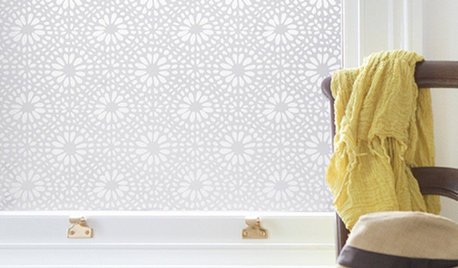
DECORATING GUIDESSolve Privacy Problems With Window Film
Let the light in and keep prying eyes out with an inexpensive and decorative window film you can apply yourself
Full Story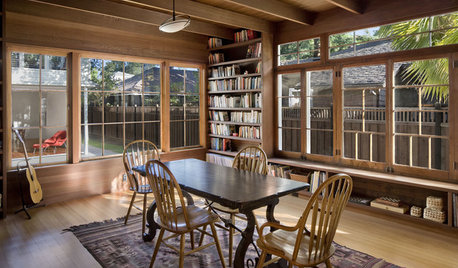
REMODELING GUIDESReplace vs. Restore: The Great Window Debate
Deciding what to do with windows in disrepair isn't easy. This insight on the pros and cons of window replacement or restoration can help
Full Story
REMODELING GUIDESThe Hidden Problems in Old Houses
Before snatching up an old home, get to know what you’re in for by understanding the potential horrors that lurk below the surface
Full Story
HOUSEKEEPING10 Problems Your House May Be Trying to Show You
Ignore some of these signs and you may end up with major issues. We tell you which are normal and which are cause for concern
Full Story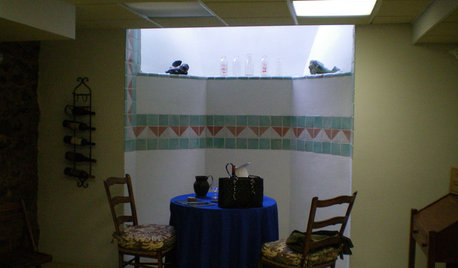
BASEMENTSBasement of the Week: High-End Problem Solving for a Show House
Dark and dated? Naturally. But this '70s-style basement had myriad other design issues too. See how the designer rose to the challenge
Full Story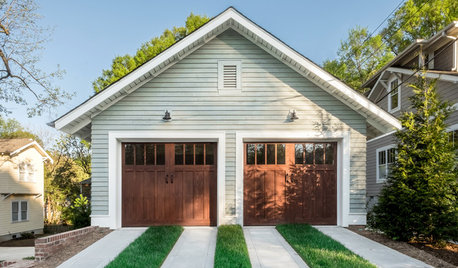
GREAT HOME PROJECTSHow to Replace or Revamp Your Garage Doors
Boost curb appeal and maybe even security with new garage doors. Find out cost ranges and other important details here
Full Story
MOST POPULARKitchen Evolution: Work Zones Replace the Triangle
Want maximum efficiency in your kitchen? Consider forgoing the old-fashioned triangle in favor of task-specific zones
Full Story
FURNITUREOld Furniture: Clean, Reupholster or Replace It?
A veteran upholstery cleaner weighs in on the options for found, inherited and thrift store furniture
Full Story
GREAT HOME PROJECTSHow to Replace Your Lawn With a Garden
New project for a new year: Lose the turfgrass for energy savings, wildlife friendliness and lower maintenance
Full Story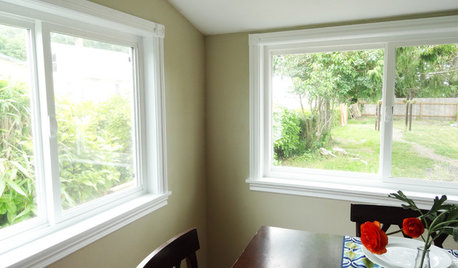
WINDOWSHow to Replace Window Trim
For finishing new windows or freshening the old, window trim gives a polished look with less effort than you may think
Full StoryMore Discussions










Windows on Washington Ltd
swclark70Original Author
Related Professionals
Hesperia Window Contractors · Greenburgh Window Contractors · South Laurel Window Contractors · Suamico Window Contractors · Anderson General Contractors · El Monte General Contractors · Jamestown General Contractors · Ken Caryl General Contractors · New Bern General Contractors · Norristown General Contractors · Rohnert Park General Contractors · Wyomissing General Contractors · Atlanta Carpenters · Lebanon Carpenters · Sunset CarpentersJoseph Corlett, LLC
Windows on Washington Ltd
swclark70Original Author
Windows on Washington Ltd
mmarse1
swclark70Original Author
HomeSealed_WI
swclark70Original Author
Windows on Washington Ltd
HomeSealed
swclark70Original Author
Windows on Washington Ltd
HomeSealed
swclark70Original Author
HomeSealed
swclark70Original Author
Windows on Washington Ltd
HomeSealed_WI
swclark70Original Author
Windows on Washington Ltd
HomeSealed_WI